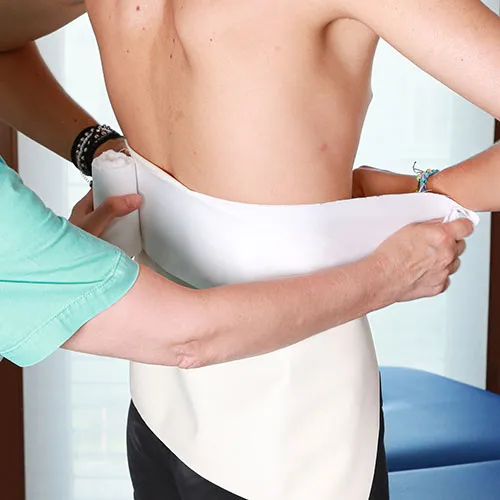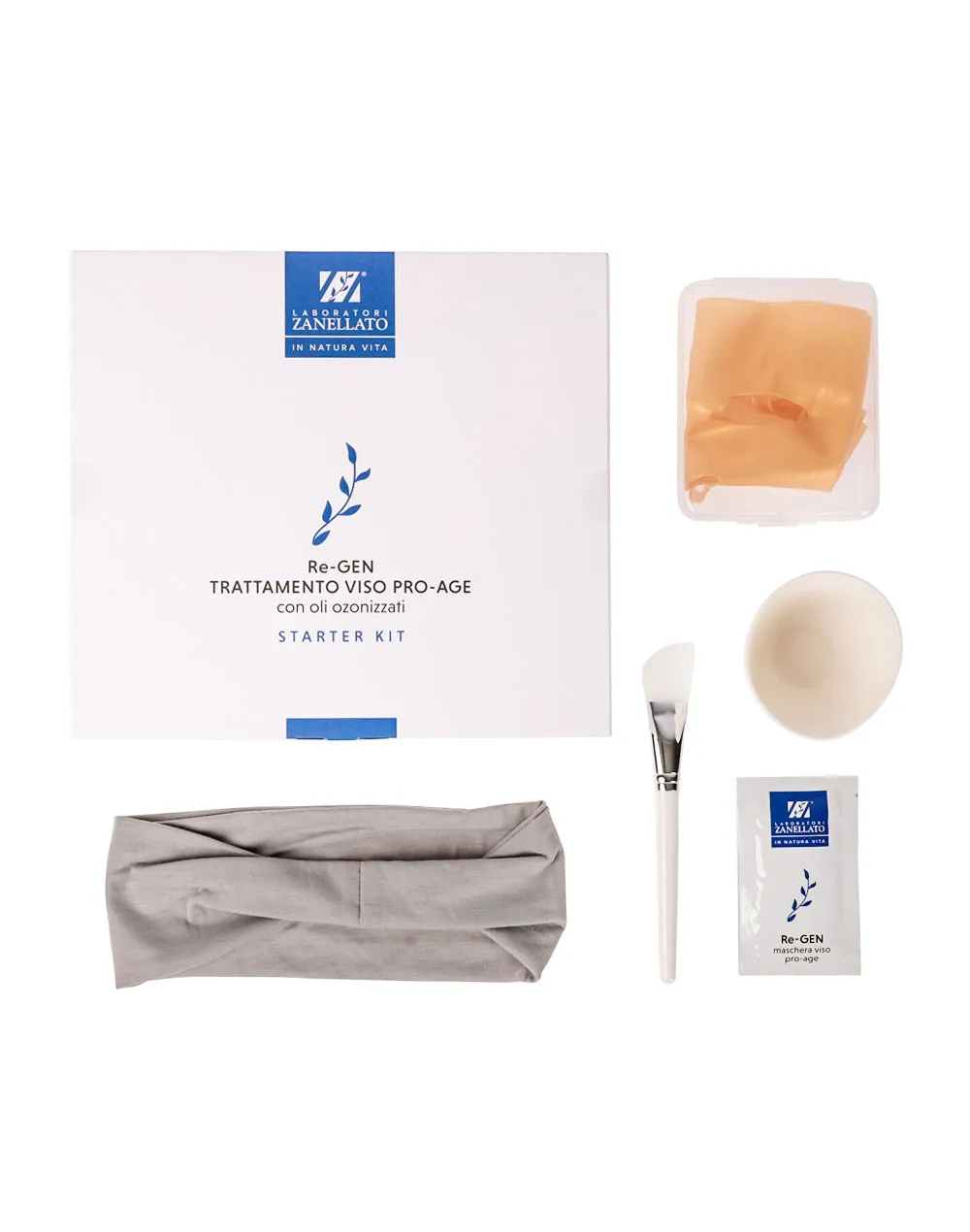The problems that patients have reported frequently in almost 70 years of activity are: back pain due to acute lumbago, protrusion, and hernia.
Lower back pain, more commonly known as back pain, is a frequent disorder involving muscles and back bones. It affects about 40% of people at different times in their lives. Lower back pain can be classified by duration: acute (pain lasts less than 6 weeks – known in popular jargon as “back strain”), sub-chronic (6 to 12 weeks) or chronic (more than 12 weeks).
The disc protrusion, on the other hand, is a type of discopathy, characterized by a deformation of the outermost layer of an intervertebral disc of the column, such that the latter is crushed and out of axis compared to other healthy intervertebral discs. Typical symptoms consist of: pain of a specific area of the spine, tingling and numbness of the lower or upper limbs, muscle weakness.
The herniated disc is the result of a dislocation followed by a leak of material normally contained in the disc (spinal cord). The latter, making room between the injured fibers, meets the nerve structures contained in the spinal canal and causes pain, usually acute and widespread, along with formication and numbness of the limbs. This sometimes involves a compression of the nerve roots placed between the vertebral discs, the consequence is a neuritis.






